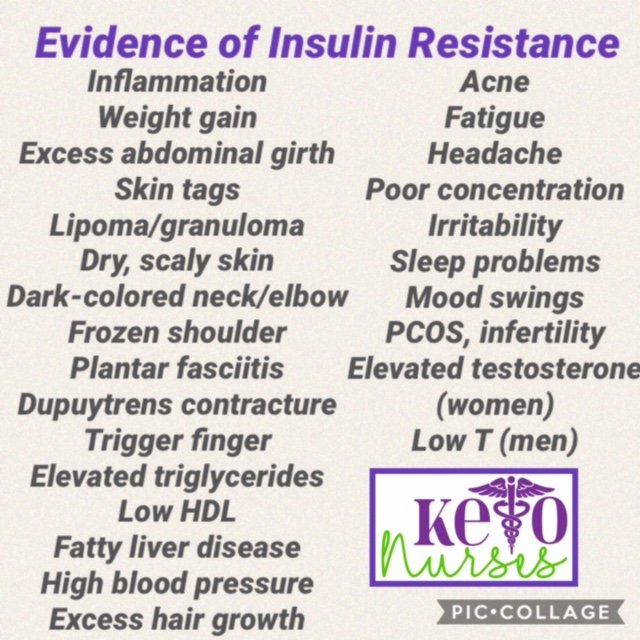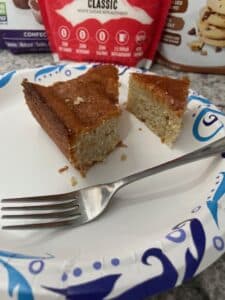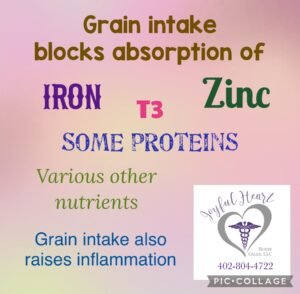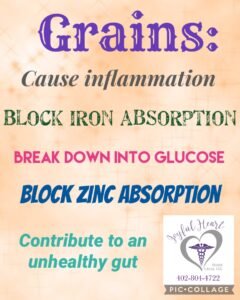My daddy used to love my mama’s peas and cornbread, but watching him eat them was quite fun. Mama usually prepared his plate and took it to his recliner, where he ate on a TV tray while watching the news. Inevitably, he would finish off his cornbread first and still have peas on his plate. Well, being a faithful member of the “clean your plate club,” he figured he HAD to have another piece of cornbread to go with those peas. Then, he’d run out of peas, but still had cornbread, so he got more peas. This crazy process went on for 3-4 trips back to the kitchen until he could finish his plate evenly. By now, you’re probably thinking 2 things for sure: 1)My daddy was a bit silly 2) Why the heck is this story here on the KetoNurses’ blog?
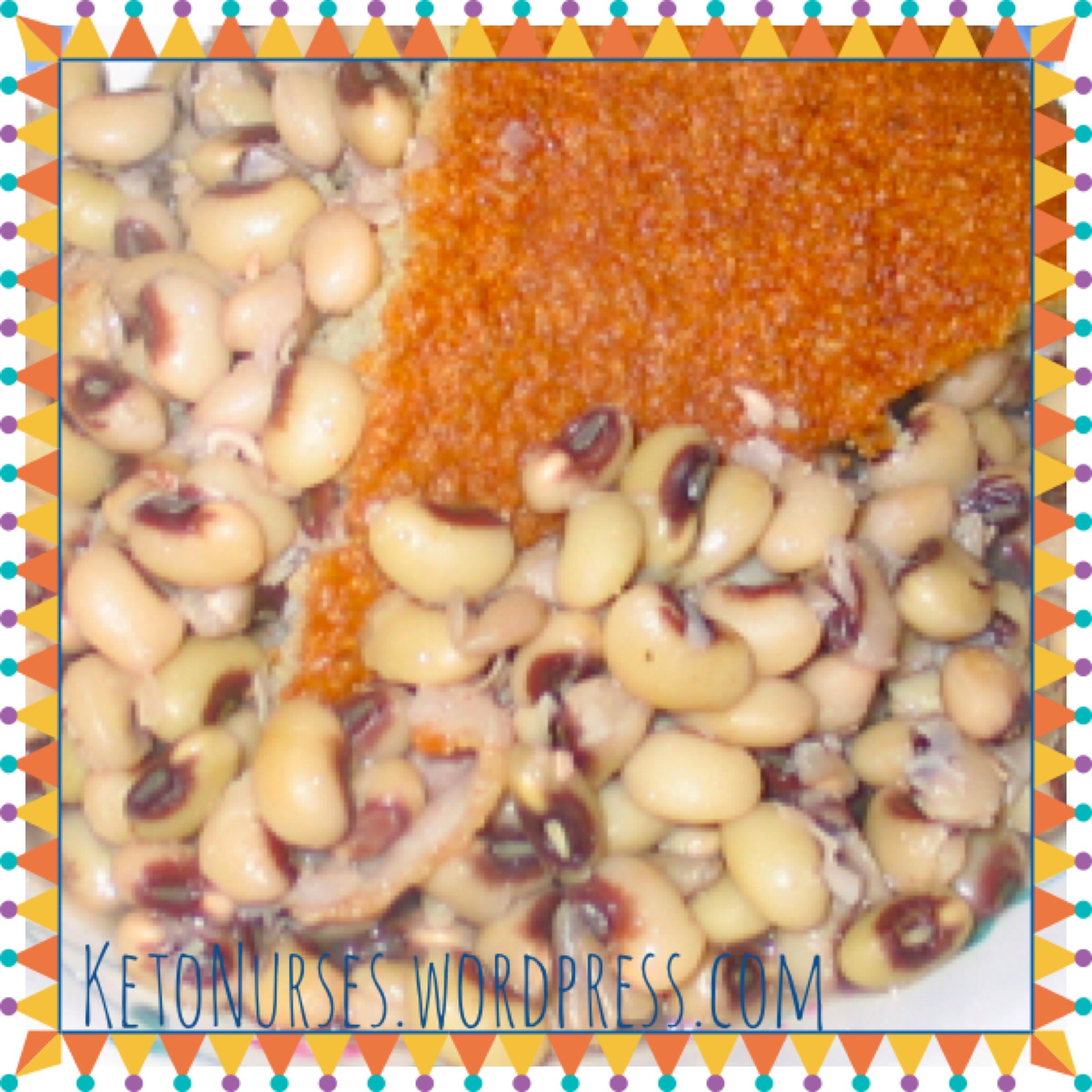
Well, to answer the first question, yes, my daddy could be quite the prankster and his antics brought much laughter to our lives over the years. His story of “peas & cornbread” illustrates a very valuable lesson for us. Today, we’re going to discuss cravings in the context of how the liver processes the carbohydrates we overconsume. Let’s first take a look at normal glucose-related processes in simple terms.
SIMPLE VERSION: When healthy people eat carbohydrates, the pancreas secretes insulin to immediately control the amount of glucose entering the bloodstream. The bloodstream only needs about 4 grams (teaspoon) of glucose in a 24 hour period; what happens when we consume carbs that convert into 10-15 teaspoons of glucose? Insulin from the pancreas comes to the rescue and immediately latches on to glucose molecules entering the bloodstream from the digestive tract, then trucks it into cells. Moving glucose out of the bloodstream is vital to maintain internal chemical balance, but storing all the extra carbs is quite a feat. There is only so much insulin to go around, so another process is triggered. Overconsumed carbs trigger the liver to store some of the glucose as glycogen. Glycogen is like having a reserve gas tank on your car; if your main tank runs low/out, the car will automatically start pulling fuel from the reserve tank and so it is with glycogen. But there is only so much storage space in muscles and liver for glycogen. Glycogen is the most available form of stored energy, but it’s in pretty small quantities in the muscles, and the glycogen stored in the liver is meant for more long-term, “survival of the species” type of storage. The liver doesn’t WANT to give up the stores of glycogen, just in case it’s needed for a period of famine – our bodies are pretty good at self-preservation.
Glucose is rapidly removed from the bloodstream in normal and mildly abnormal metabolism. Remember the last time you were hungry and ate an apple? You likely noted hunger about 20-30 minutes later, because the energy it provided was quickly used and stored. Glucose enters the digestive system and is easily passed into the bloodstream rather quickly; so there’s instant energy available, and there’s stored energy, but there doesn’t remain much glucose available for right AFTER eating. It seems there’s a “gap” in this system of fuel processing. Glucose was never meant for steady energy for all body processes; it literally was intended to be a quick way to have energy.
So, what happens to the extra glucose molecules still causing elevated glucose? If neither of these processes cannot adequately move glucose out of the bloodstream, the liver begins to knit together chains of triglycerides – a form of cholesterol that is like having a 55 gallon drum of gas in your yard for fuel when the main AND reserve gas tanks run low. It’s easy to pull up in your own yard and fill up. So the liver is storing your extra glucose for later use. This process can take up to 4 days to complete the process. However, if we continue consuming large amounts of carbs at every meal, the liver never gets a chance to rest.
These 3 processes are the major methods for glucose storage in a normal person without diabetes or insulin resistance. When excess glucose is continually forced into this system, there is never a chance for “catching up.” The liver is constantly trying to move excess glucose out of the bloodstream while insulin is secreted by the pancreas in larger and larger amounts; more fat cells receive some of the glucose, causing weight gain. Eventually, the system begins to fail, resulting in insulin that no longer moves glucose out of the bloodstream effectively. The liver is overflowing with glycogen & becomes stressed from making triglycerides, and now, triglycerides are accumulating in blood vessels. The liver does not have a brain to tell it to STOP storing all that glycogen; when this process is overwhelmed, non-alcoholic fatty liver disease develops, the liver enlarges, and liver enzymes often increase.
When these processes are overwhelmed, we can also become insulin resistant and diabetic– meaning the insulin that the pancreas secretes just isn’t responding normally, so the pancreas tries to make more and more, but it’s just not effective at moving enough glucose out of the bloodstream. An analogy that I sometimes use with patients helps people understand; imagine you are employed on a production line in a manufacturing plant. You get paid based on your production. Everything is going along quite well with your organized and efficient workflow; you work and you make 100% production every day and take home a paycheck with which you’re happy. Suddenly, your boss comes along and says you must double production or be fired. What happens to your nice, organized workflow? You are working faster and faster, getting more nervous, even becoming frantic that you will lose your job if you can’t keep up. So you work harder and faster. What happens to the items you’re producing? Are you able to produce the same amount of high quality products moving this fast? No, of course not. And your organs are highly specialized to perform certain functions efficiently and without our thought or effort; but when we put demands on those organs and ask them to double or triple production, they cannot efficiently perform their usual functions.
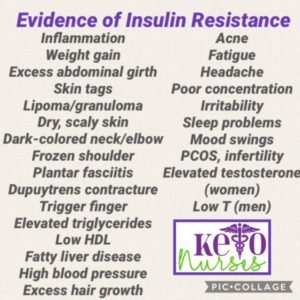
Let’s review the third process of glucose storage for a moment. Ingredients for triglycerides include sugars like glucose and fructose. When excess sugars are not needed for current energy use, these molecules thicken blood from a watery consistency to more like that of syrup, while the liver is knitting together some sugars into long chains of triglycerides. Triglyceride production can sometimes trigger cravings for food in order to ensure the liver’s ability to production. It’s like my daddy’s “peas & cornbread.” The body is trying its best to keep up, but it wants more and more glucose to process – I know it sounds contradictory; you’d think that if there was excess, the body wouldn’t want more. But once the process is triggered, the liver is just following procedure. Now, the liver is producing thick, sticky chains of triglycerides and sending them out into thick syrupy blood, contributing to a “perfect storm” inside the tiny blood vessels. It’s like building a beaver dam right inside our arteries! These sugars accumulate in the blood vessels and they are sticky – imagine if you will, drying syrup. If you leave a drop of syrup on a table or plate for a few hours, what happens? The syrup begins to dry and the sugars left begin to crystalize and harden. This imagery can help us understand what sticky, spiked molecules of triglycerides might resemble under a microscope. Now imagine these clumps of sticky molecules moving through tiny, forked, meandering blood vessels all over our bodies. Does this picture in your mind help you see where many complications from diabetes originate? Thick, sticky blood congregating in tiny vessels can slow or even halt blood flow. Slow wound healing, nerve pain, visual difficulties, numbness and tingling in hands/feet, kidney damage, heart attacks & strokes are the direct result of the formation of tiny beaver dams all over the blood stream.
Although my daddy’s peas and cornbread are high carbohydrate foods and his story is a bit silly, I think the analogy they provide is quite helpful at understanding some fairly complex concepts. I hope this information is helpful to you; please feel free to share our articles on your Facebook, Twitter, Instagram, and other social media accounts. We appreciate it!


